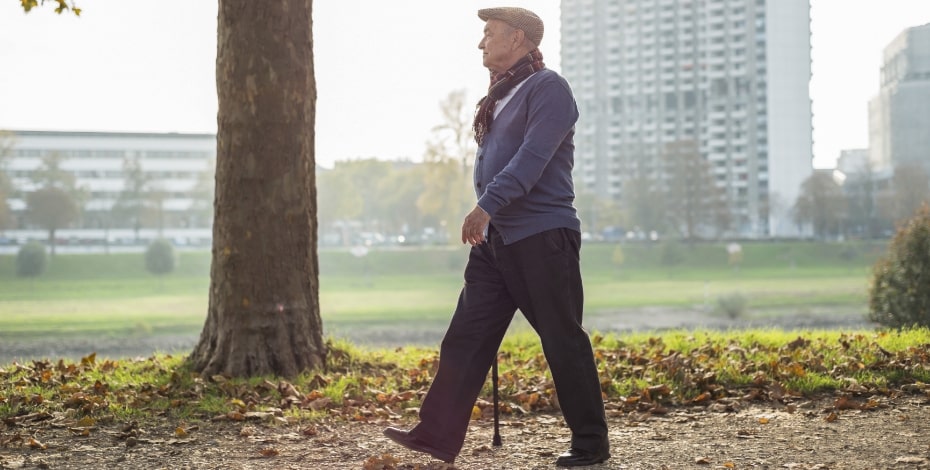
Home-based and centre-based exercise after stroke

Lucas Nascimento and colleagues from Brazil recently conducted a systematic review to compare the effects of home-based and centre-based exercises after stroke.
Why did you decide to undertake this review? Had the topic been addressed in earlier reviews?
During the current COVID-19 pandemic, many patients who had a stroke could not maintain routine physiotherapy in rehabilitation centres.
While in high-income countries, such as Australia, centre-based interventions were easily converted into telerehabilitation, in low-to-middle-income countries, such as Brazil, centre-based rehabilitation was converted into in-person home-based intervention.
This review was designed to estimate the effects of home-based exercises relative to centre-based exercises for improving walking and participation after stroke.
Although previous Cochrane reviews have indicated similar effects of telerehabilitation, this is the first review that included any type of home-based exercises, regardless of whether supervision was provided remotely or in person.
What outcomes did you consider in the review?
The outcomes that were examined were clinically relevant walking outcomes (ie, walking speed, balance and mobility) and their effects on social participation.

The review by Lucas Nascimento and colleagues compares home-based and centre-based exercise after stroke.
How much evidence were you able to include in the review? Did all the studies compare similar amounts of exercise in the home-based and centre-based groups?
The review included nine trials that directly compared home-based exercises and centre-based exercises of equivalent dose, ensuring that the results can be attributed primarily to location.
High-quality evidence indicated that home-based prescribed exercises are as effective as centre-based exercises for improving walking speed and balance after stroke.
Moreover, very low-to-low-quality evidence suggested that effects on mobility and participation are also similar.
How big was any difference between the two locations for exercise?
For all outcomes, the mean difference and the confidence intervals were close to zero, which indicated no clear evidence in favour of either location.
Therefore, home-based prescribed exercises may be useful for patients who need to increase the amount of practice over a long period of time or are confined to their homes.
What about after the interventions were complete; did they have similar effects beyond the intervention period?
The similarity in effects was maintained beyond the intervention period.
However, this should be interpreted cautiously due to the small number of trials that examined long-term effects.
Are there important aspects of the delivery of the home-based exercises if physiotherapists are going to recommend that format?
It is important to highlight that the home-based interventions were predominantly monitored either remotely or in person, which suggests that regular contact with a physiotherapist is important for ensuring the success of the home-based treatment.
>> Lucas Rodrigues Nascimento is a physiotherapist, senior researcher and associate professor at the Center of Health Sciences, Universidade Federal do Espírito Santo, Brazil. Lucas has a PhD in rehabilitation sciences from the University of Sydney in Australia and Universidade Federal de Minas Gerais in Brazil and his key research interests are neuroscience and neurological rehabilitation.
© Copyright 2024 by Australian Physiotherapy Association. All rights reserved.





